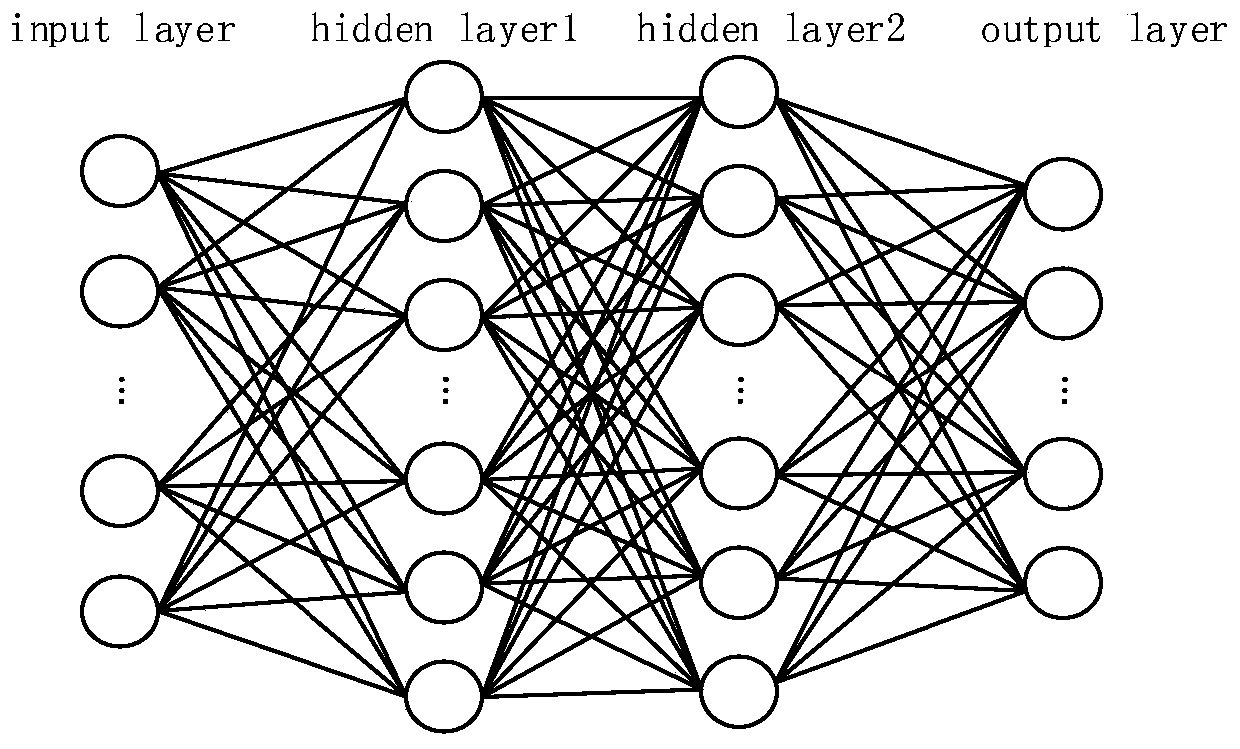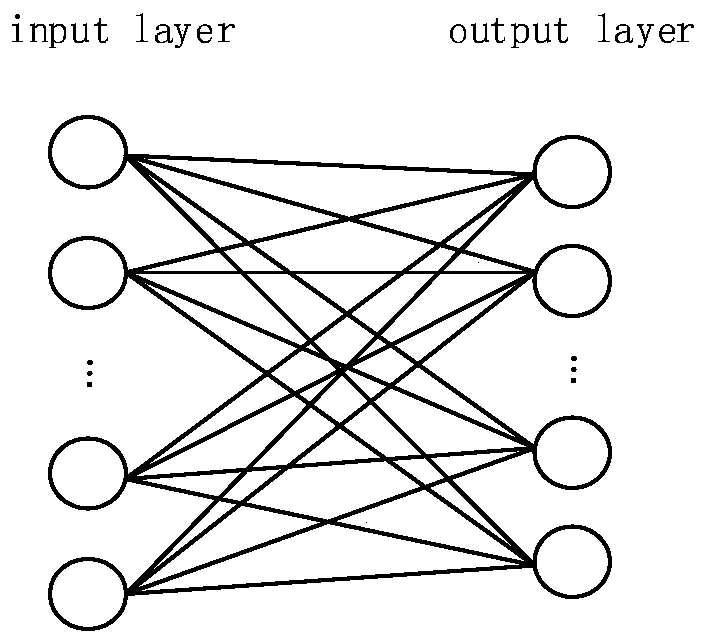An intention recognition algorithm based on an embedding method
A technology of recognition algorithm and intent, applied in the field of intent recognition algorithm, it can solve the problems of unlearned words or learning, waste of memory space, inaccuracy, etc., achieving less memory space, accuracy advantage, good stability and robustness Effect
- Summary
- Abstract
- Description
- Claims
- Application Information
AI Technical Summary
Problems solved by technology
Method used
Image
Examples
Embodiment Construction
[0012] The technical solution provided by the present invention does not use pre-trained word vectors on the general data set, but maps the user's input text and intent to the same vector space based on data in its own specific field, so that the user's input text and user intent The similarity comparison can be performed in the same space, thus transforming the classification problem into a sorting problem.
[0013] There are two key points of innovation in the present invention: one is to transform the intent classification problem into the intent ranking problem by mapping sentences and intents to the same vector space. The second is to modify the loss function in the paper, so that the new loss function has better stability and robustness.
[0014] like figure 1 As shown, firstly, all the sentences in the corpus are mapped to a new vector space through the neural network. The dimension of the network input layer is the number of words after word segmentation of all senten...
PUM
 Login to View More
Login to View More Abstract
Description
Claims
Application Information
 Login to View More
Login to View More - R&D
- Intellectual Property
- Life Sciences
- Materials
- Tech Scout
- Unparalleled Data Quality
- Higher Quality Content
- 60% Fewer Hallucinations
Browse by: Latest US Patents, China's latest patents, Technical Efficacy Thesaurus, Application Domain, Technology Topic, Popular Technical Reports.
© 2025 PatSnap. All rights reserved.Legal|Privacy policy|Modern Slavery Act Transparency Statement|Sitemap|About US| Contact US: help@patsnap.com



